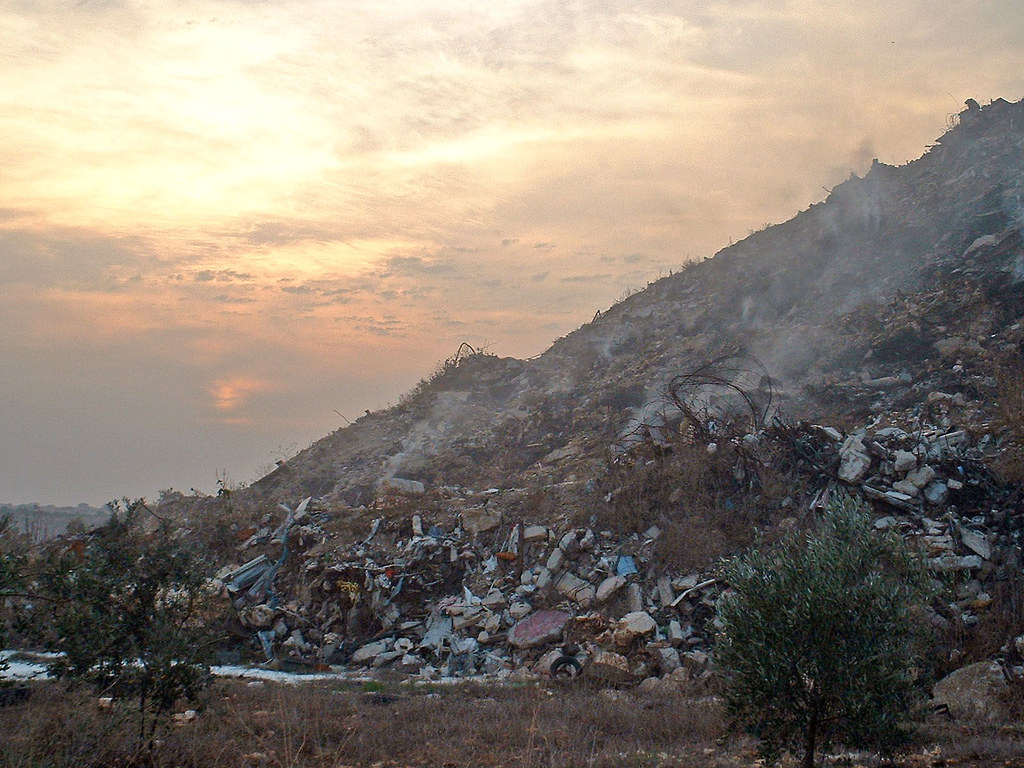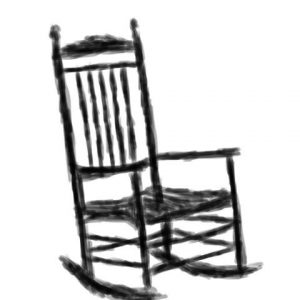Big Oil: Desecrating the Sacred?
Jeff Bilbro at Front Porch Republic

When we moved to Grove City almost three years ago, we noticed yard signs expressing opposition to a “radioactive trash mountain” in the area. It was hard to find good information online about the proposed reopening of a local landfill, and from what I could tell, the permitting process was bogged down. (I wrote a brief op-ed for the Pittsburgh Post-Gazette on the way that the decline of local news contributes to an information vacuum in which projects like this can more easily move forward.) Recently, however, the landfill won approval from the state permitting agency, and while the original plans for a veritable “mountain” of refuse have been limited by local zoning requirements, the landfill seems likely to open in the coming years. Still, I wondered how bad it could be and whether it would in fact be radioactive.
When the local nonprofit that’s coordinating opposition to the landfill announced an informational meeting, I decided to go and see what I could learn. The overall tone of the meeting was quite grim: the legal options are running out, and while they’ve appealed to the state Commonwealth Court, the ongoing litigation has proved very costly. The folks opposing the landfill are quite committed, so there is still some hope that the appeal will be successful. The case now mostly hinges on whether the landfill violates FAA regulations as it is only a mile from the town airport and lies in the flight path of planes taking off and landing. Birds tend to cluster over landfills, and given the danger of bird strikes, there are regulations about the proximity of landfills to airports.
But the most serious concerns that residents have about the landfill relate to the waste it intends to take from fracking operations in the region. I’ve read some about fracking since moving to western PA, but as I did more research into how the waste gets handled, the picture only seemed more dire. Fracking generates massive quantities of flowback, which contains a proprietary blend of potent chemicals. Even during normal flow, the gas or oil comes out mixed together with “brine,” a liquid that contains salts, heavy metals, and various radioactive materials such as radium-226, radium-228, and radon. The mix varies from well to well and formation to formation, but the basic problem of how to deal with this toxic waste confronts all oil producers. Much of the liquid waste is pumped back down other wells, known as injection wells, but drill cuttings and other solids are often taken to local landfills.
After reading one particularly disturbing essay in Rolling Stone about this waste, I saw that the author, Justin Nobel, has a new book coming out this spring, and I requested an advance copy from the publisher. After reading Petroleum-238: Big Oil’s Dangerous Secret and the Grassroots Fight to Stop It, I’m still not sure how bad the problem of oil waste is or how concerned I should be about our local landfill, but I at least have a better understanding of why America is littered with radioactive sludge that infiltrates ground and drinking water.
Read the rest


